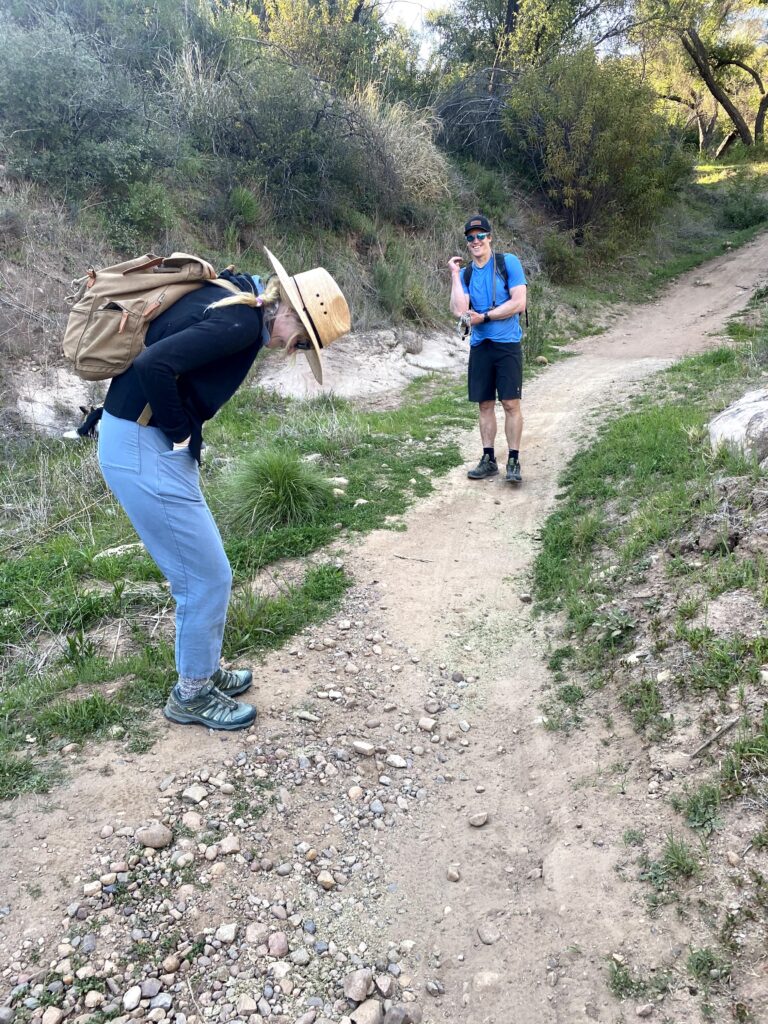Courtney Gould, New Atlantis DAO

I rarely repost articles, but Courtney is one of my favorite humans who has always had an internal guiding light to help the world. Not shocking to me that Courtney and his husband, Gordon (another BFF), are taking on the ocean after selling SmartyPants. We need more people in the world like Courtney and Gordon.
This piece was written on BlogHer.
Courtney Nichols Gould, Co-Founder of New Atlantis DAO & SmartyPants Vitamins and Collective Intel panelist, shares her thoughts on how Web3 could be the key to addressing biodiversity loss.
What made you decide to create New Atlantis?
About two years ago, I learned from one of my heroes, Cristina Mittemeir, that what does or does not happen to our oceans in the next 10 years will matter more than what happens in the next 10,000. It became clear that biodiversity loss and specifically biodiversity loss in our oceans (i.e. the foundation of the food web we all rely on) had received a lot less attention, investment, and innovation than the climate crisis and land-based challenges. As entrepreneurs, we were captivated by the chance to create a business model for Marine Protected Areas (MPAs) that serve as national parks in our oceans. These MPAs are the key to meeting the UN goal of 30% of the ocean protected by 2030 but they currently rely on government funding and philanthropy for survival and the result is little enforcement and very little progress in scale. The best way to align government, industry, communities, and investors are through incentive design that rewards everyone as ecological health in our oceans improves.
What makes New Atlantis different from other organizations using Web3 to be more sustainable?
Our focus on biodiversity loss (as distinct from global warming, though they are intertwined) and on oceans make us unique – it’s a much trickier problem to solve as there is no biodiversity “offsets” as there are with carbon (yet) for many good reasons. But the complexity of the challenge has always been exciting to me, a reason to dive in. We are fortunate to be starting on the heels of some exciting technological advances and scientific frameworks like metagenomics that allow us to think about things in a new way.
What do you think is the biggest hindrance in Web3 initiatives healing the oceans?
The only real obstacle remaining is the need to widen the tent – we need it to be easier for “newbies” to engage and unwind from the conflation of “crypto bros” and the temporary collapse of NFT markets with the very real and exciting opportunities blockchain and Web3 provide for much more elegant incentive design and for sharing discoveries in a transparent fashion both of which can allow for problem-solving at scale and speed- two things the existential crises we face will require.
How do you make it more accessible or incentivize people to learn more about Web3?
Most people care both about [biodiversity loss and the climate crisis], but also find Web3 intimidating, confusing or maybe just irrelevant to their lives. What we can do is explain and create paths of connection. The way to change those hearts and minds is to make it easy for them to act – that is the number one thing we can do to create outcomes and get people reconnected to the
optimism that so many people in Web3 feel. That means reaching out through podcasts, and Instagram, finding people in the places where they are right now and providing easy explainers that allow them to understand how it works but also why they might find it a more exciting place to be than Web2.
Does pricing nature hold the key to beating biodiversity loss?
The mistake our forebearers made when creating the global economy was deciding nature had value but giving it no price. This creates no downside to constant extraction and denigration of the natural world by industry in search of profits. As a result, you end up with companies backing trucks up to rivers, taking all the water out, putting it in plastic bottles, and selling it back to us. Now, imagine how different it would have gone if the water itself had cost something to extract. Putting a price on all these natural assets – ocean-based assets valued at almost 29 trillion dollars – creates opportunities for wealth sharing among the communities that protect these areas, the governments that oversee them, and the industry that interacts with them. We can and must align interests through incentives that reward protection and restoration of these resources to our collective benefit. It is the very definition of win/win.
What are some of those benefits?
If these assets have value and you protect them, as they are restored, their value is increased. That positive change in value can be shared, for example, with the indigenous populations that protect the vast majority of our wild places left on earth. There are direct benefits I mentioned earlier for almost everyone. The ocean sequesters a tremendous amount of carbon. The amount of carbon it can sequester is directly tied to the amount of biomass it contains. Creating incentives to restore biomass in our oceans also mitigates climate change. Mangrove forests protect coastal areas from storm damage which will only become a more frequent occurrence. Temperature regulation on much of our planet is tied to the ocean currents which are finely tuned instruments that are impacted by variables we are only now starting to understand. We haven’t done a great job acknowledging it, but the ocean plays a massive role in keeping our planet livable. Turning its protection into a profitable endeavor ensures we move at the speed required to protect the only home we have.
For more information about New Atlantis read here or visit its website, here. Follow Courtney and New Atlantis on Twitter.

